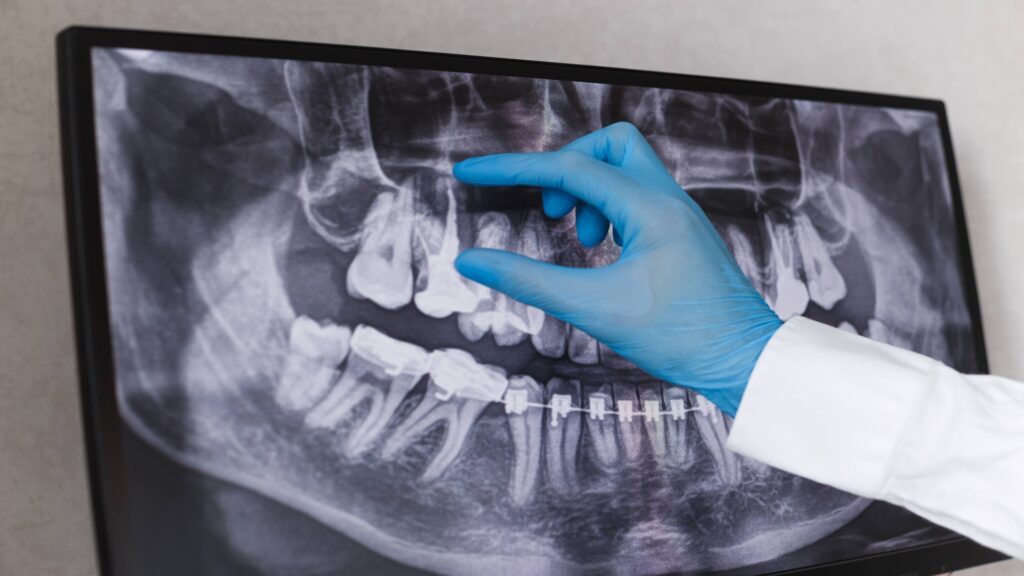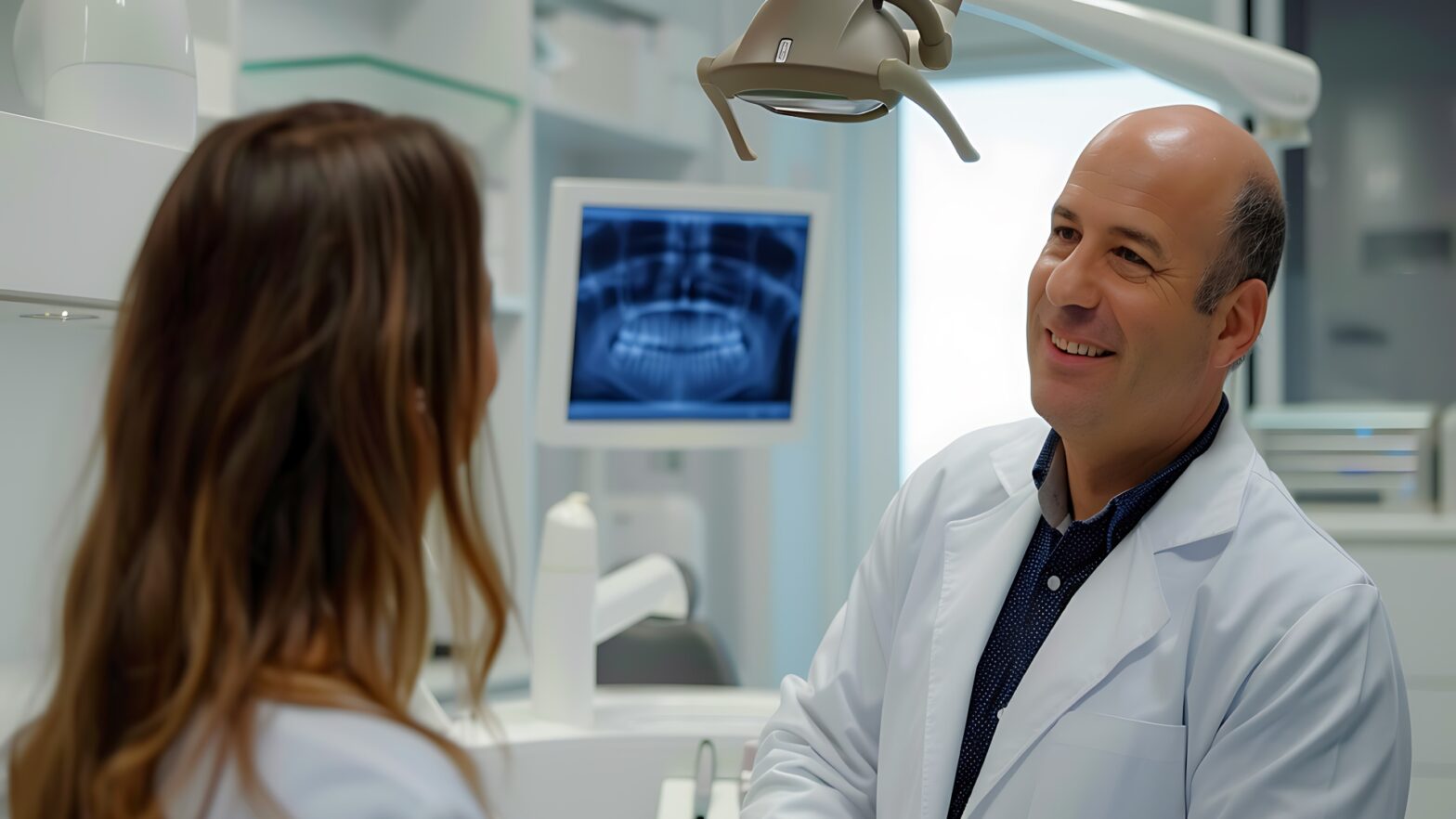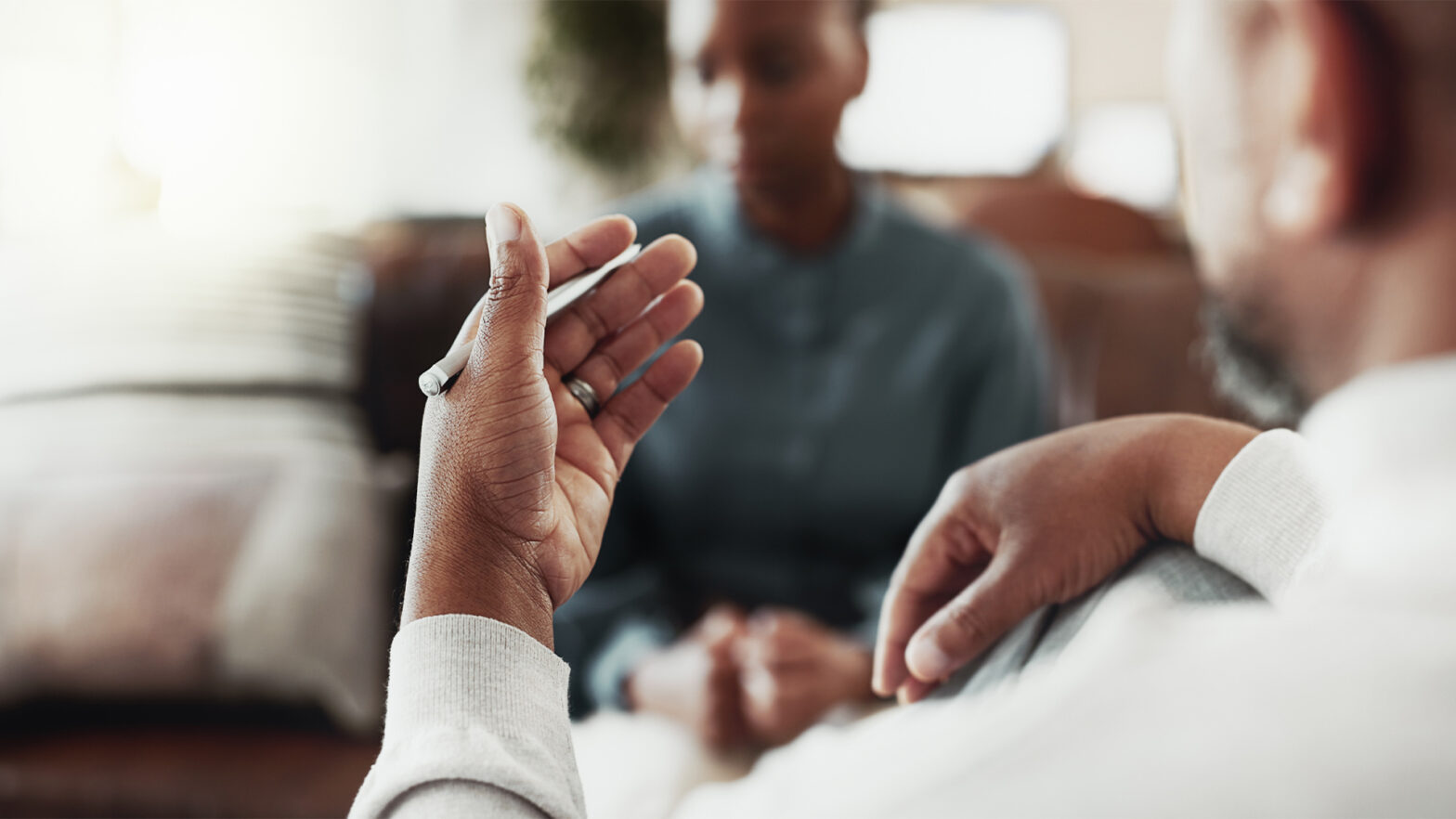Going to the dentist for the first time can feel a bit nerve-wracking. Sitting in that unfamiliar chair, surrounded by buzzing equipment, might make anyone uneasy. It’s normal to have questions: What’s going to happen? Will it hurt? Am I doing enough to take care of my teeth? For many, these thoughts often come to mind when facing the unknown for the first time.
Regular dental visits are crucial to overall health, even though the initial process might seem daunting. Prioritizing oral care, whether routine cleaning or addressing more complex issues, is essential. Doing so can prevent future dental problems and maintain a healthy smile.
Knowing what to expect makes the experience much smoother. If you’ve ever wondered what happens during an initial dental checkup, this guide will walk you through each step. Read on.
Preparing for Your First Dental Visit
Getting ready for a dental visit doesn’t have to be stressful. A little preparation can go a long way in helping you feel more comfortable when the day arrives. Here are some practical steps to get you started:
Gather Necessary Documents
Before heading to the appointment, ensure you have all the paperwork ready. Most dental offices will ask for some basic information: ID, insurance card (if applicable), and your medical history. If you’re not sure what to bring, it’s always a good idea to give the office a quick call in advance. According to my general dentist, preparing these documents helps streamline the process and ensures your first appointment goes smoothly.
Know Your Health History
Your dentist will likely ask about any medications you’re taking, allergies, or existing medical conditions. It’s essential to provide accurate details, especially if you have diabetes or heart issues, which could impact your oral health.
Jot Down Any Questions or Concerns
It’s common to forget questions you had when you walked into the office. To avoid this, write down any concerns beforehand. Bringing a list ensures you get all your concerns addressed while you have the dentist’s attention.
Avoid Caffeine and Heavy Meals
Caffeine can make you feel jittery, and it may also raise your anxiety levels, especially if you’re already a bit nervous about the visit. On top of that, caffeine can dehydrate your mouth, which might make the examination less comfortable. Similarly, a full stomach can make sitting in the chair for an extended period uncomfortable, especially if your appointment requires you to lie back. Stick to something light, like fruit or toast, and brush your teeth afterwards to keep things fresh. A clean mouth helps you feel more confident and makes things easier for your dentist.
Arrive Early
Arriving about 10 to 15 minutes early gives you time to fill out any forms, familiarize yourself with the office, and settle in before the checkup begins. No one wants to feel rushed, especially when it’s a new experience.
By following these simple steps, you’ll be more relaxed and ready for your appointment, knowing you’ve got everything under control.
What Happens During a Dental Checkup?
Most dental visits follow a similar structure, and each step serves a purpose in making sure your teeth and gums are in good health. Here’s a breakdown of the key stages during a typical checkup:
Initial Consultation
Your checkup will likely start with a brief conversation with the dentist or dental hygienist. They’ll ask about your medical and dental history and any concerns you might have. Whether you’ve been dealing with tooth sensitivity or want to improve your oral hygiene, this is the time to share those details. This step helps the dentist tailor the checkup to your needs and flag any potential issues before the examination begins.
Dental Examination
Once the consultation is done, the dentist will thoroughly examine your teeth and gums. They’ll look for signs of cavities, gum disease, or other potential problems. You might hear them call out numbers—this is part of a gum health assessment called periodontal probing, which checks for signs of inflammation or gum recession. It’s quick and painless but crucial for spotting issues early.
Dental Cleaning
One of the main parts of a checkup is the cleaning process, which typically involves removing plaque and tartar buildup from your teeth. This step is done with special tools and focuses on the areas you might miss when brushing and flossing at home. The hygienist will start with scaling, which scrapes away the hardened tartar, followed by polishing to remove surface stains and leave your teeth feeling smooth and clean.
Dental X-Rays
If it’s been a while since your last visit, or if there are concerns that can’t be seen with the naked eye, your dentist may recommend X-rays. These images help detect hidden issues like cavities between teeth or bone loss. X-rays are quick, usually taking just a few minutes, and they provide valuable insights into your oral health.
Bite Analysis
The dentist may check your bite to ensure your teeth are aligned properly. An imbalanced bite can cause wear on your teeth, jaw pain, or headaches. If any issues are found, the dentist might recommend options like orthodontics or other treatments to correct the problem.
When you finish these steps, you’ll have a clearer picture of your oral health and what needs attention. Each part of the checkup plays a role in ensuring your teeth stay healthy for the long run.
Final Thoughts
Taking care of your teeth is an investment in your overall well-being. A dental checkup allows you to catch issues early and keep your smile healthy for the long run. So, whether it’s your first or tenth visit, staying proactive about your dental health ensures fewer surprises. Are you ready to prioritize your oral care?




















